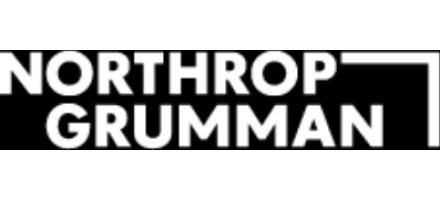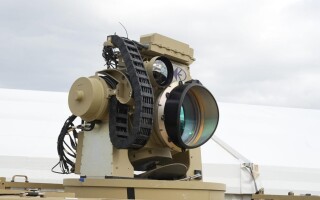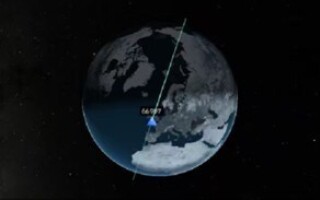RQ-4 RangeHawk uncrewed vehicle supported NASA launch
NewsDecember 21, 2022

EDWARDS AIR FORCE BASE, California. The RQ-4 RangeHawk from Northrop Grumman provided support for the first flight of NASA’s Space Launch System (SLS) rocket during the recent Artemis 1 mission. RangeHawk is part of SkyRange, the Department of Defense (DoD) Test Resource Management Center’s uncrewed high-altitude, long-endurance (HALE), responsive mobile flight test initiative.
Shortly after the Artemis l launch and perigee raise maneuver, the uncrewed SLS rocket performed the Trans-Lunar Injection burn, which accelerated the Orion spacecraft from 17,500 mph to 22,600 mph enabling it to escape Earth’s orbit and head toward the moon. This burn occurred over the Pacific Ocean outside the field of view of NASA’s ground stations.
NASA leveraged RangeHawks to collect telemetry from the rocket and receive the health and status data the uncrewed vehicle transmitted during the gap in ground station coverage. RangeHawk arrived at the data collection point in the Pacific within the appropriate time window and the Artemis TM Transmitter was then transitioned to a detectable signal which RangeHawk immediately acquired. RangeHawks’ advanced telemetry collection sensors performed nominally, receiving error free signal enabling successful data collection, according to Northrop Grumman.
RQ-4 RangeHawks are based at the NASA Armstrong Flight Research Center on Edwards Air Force Base in California and currently support U.S. hypersonic missile flight tests as part of the SkyRange program. Northrop Grumman’s family of autonomous HALE systems perform critical wide-area intelligence, surveillance, reconnaissance, and targeting (ISR&T) missions.






